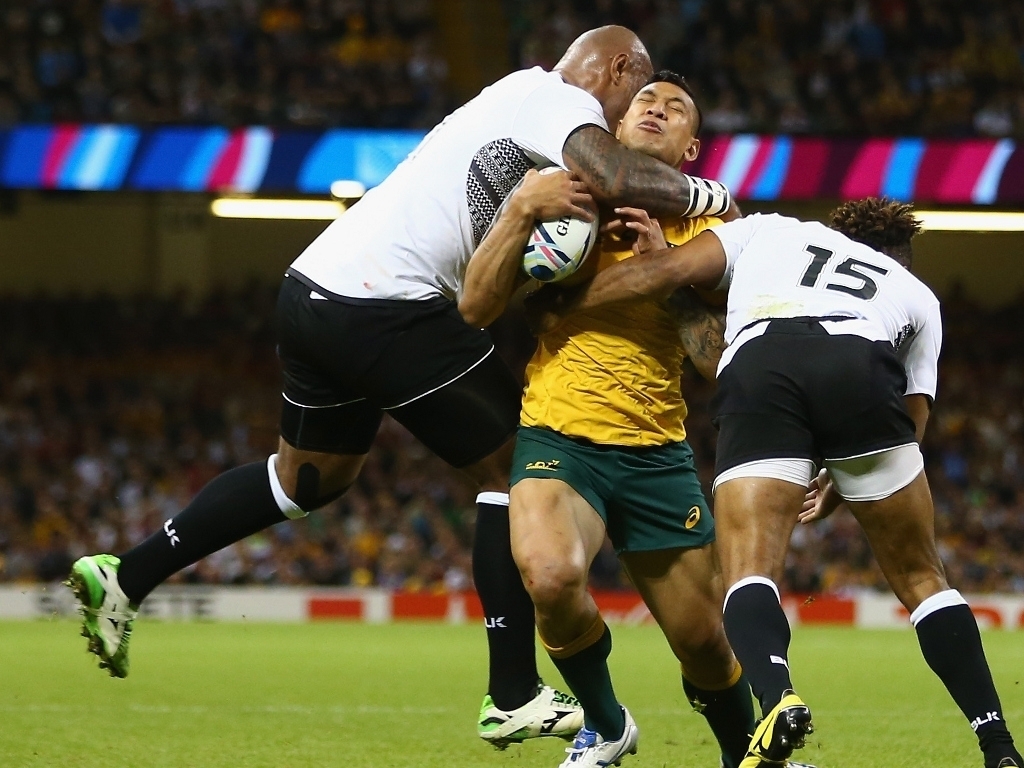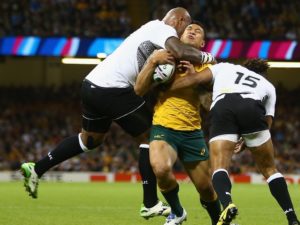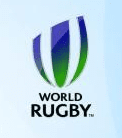
 NEW YORK, NY – Last month, the high-tackle Laws of Rugby changed, or at least been adjusted by World Rugby. In terms of what constitutes a high tackle, the law is still the same, as any tackle above the line of the shoulders qualifies. Even if the player initiates a tackle below the line of the shoulders, if it goes high, it’s a high tackle. So really, what’s new? Let’s take a look.
NEW YORK, NY – Last month, the high-tackle Laws of Rugby changed, or at least been adjusted by World Rugby. In terms of what constitutes a high tackle, the law is still the same, as any tackle above the line of the shoulders qualifies. Even if the player initiates a tackle below the line of the shoulders, if it goes high, it’s a high tackle. So really, what’s new? Let’s take a look.
The difference is in the mandatory high tackle punishments and the two new high tackle categories that World Rugby has created – accidental and reckless. An accidental high tackle carries a minimum punishment of a penalty, and there is no maximum punishment, so those are at the discretion of the referees.
A reckless high tackle has a minimum punishment of a yellow card, or 10 minutes in the Sin Bin, as many refer to it. The maximum penalty for a reckless high tackle is an ejection via red card.
Deciding whether a high tackle was accidental or reckless is a judgement call for the referees, but World Rugby defines a high tackle as reckless if the tackler either knew or should have known there was a risk of hitting his opponent’s head, but still went through with the tackle regardless.
Just like in American football, concussions were the main reason for the rule changes regarding high tackles. High tackles place players at a significant risk of concussions or neck injuries, and the sport obviously wants to crack down on those. You may recall the particularly brutal game in Dublin, which featured aggressive play from the New Zealand All Blacks, avenging their loss to Ireland in Chicago two weeks prior. That match prompted quite a bit of debate about how to handle foul play.
The viewing public is also more aware than ever of the danger of head injuries, and with games being broadcast in high definition, it’s not hard to see how scary those high tackles can be. These law changes will help the sport reach a mainstream audience, especially in the United States where athlete safety is a big concern.
 World Rugby says that through these changes, the acceptable height of tackles will effectively be lowered, even though the rule regarding the height of a high tackle hasn’t changed. It shouldn’t require much of an adjustment from coaches and players, because players are always instructed to avoid contact with the head. For the referees, the main adjustment will be determining whether a high tackle was accidental or reckless, as it’s difficult to gauge a tackler’s intent in a high-speed collision. The mandatory punishments will make that part of the process simple for referees, except in the case of egregious accidental high tackles.
World Rugby says that through these changes, the acceptable height of tackles will effectively be lowered, even though the rule regarding the height of a high tackle hasn’t changed. It shouldn’t require much of an adjustment from coaches and players, because players are always instructed to avoid contact with the head. For the referees, the main adjustment will be determining whether a high tackle was accidental or reckless, as it’s difficult to gauge a tackler’s intent in a high-speed collision. The mandatory punishments will make that part of the process simple for referees, except in the case of egregious accidental high tackles.
Some have criticized World Rugby for referring to this as a “law change,” especially after already emphasizing zero tolerance on high tackles for a long time. Critics have also said that World Rugby should have made a stronger move by lowering the acceptable tackling threshold.
What are your thoughts? Now that we’ve had a month to look back, are the High Tackle Laws working? Are they a hindrance?
That’s all for now, please feel free to comment below, look for and “Like” our Facebook Rugby Wrap Up Page and follow us on Twitter@: @RugbyWrapUp, @Luke Bienstock, @Junoir Blaber, @MeetTheMatts, @Ronan Nelson, @Brian C Cole and @Declan Yeats. We’re also on Instagram – @rugbywrapup.

